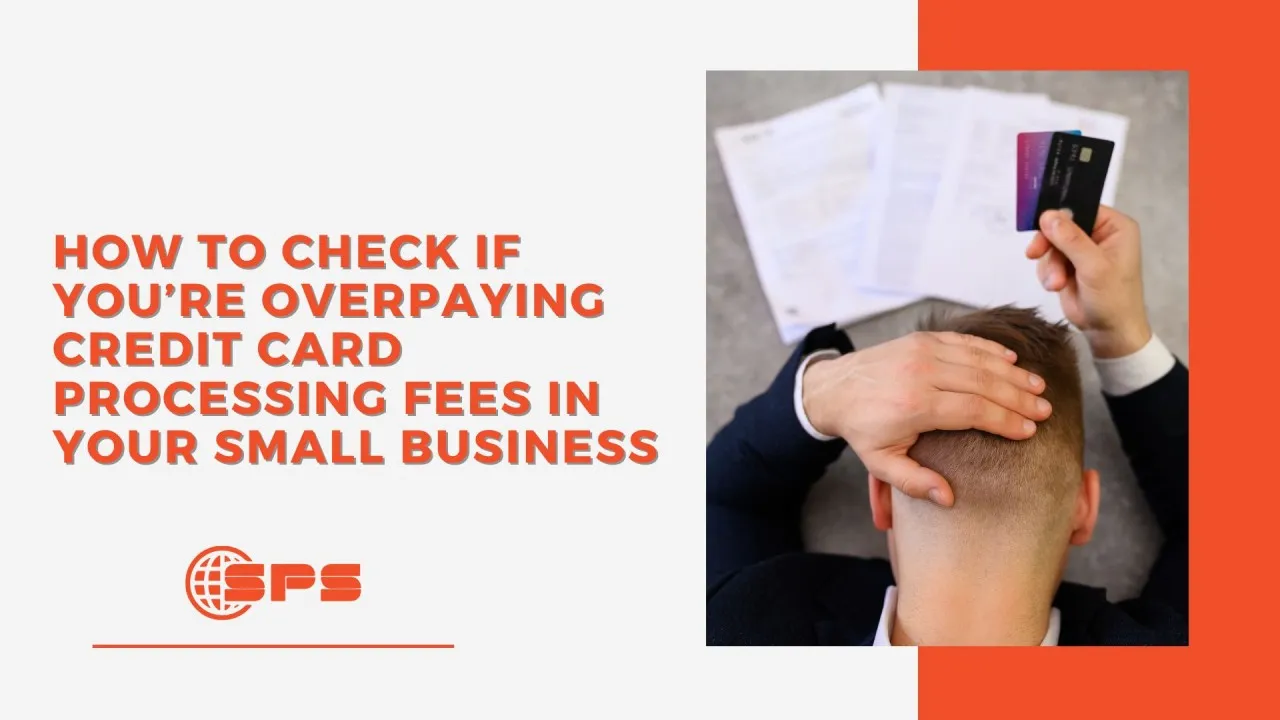How to Check if You’re Overpaying Credit Card Processing Fees in Your Small Business
As a small business owner, credit card processing fees can be a significant part of your operating costs. The good news is that many businesses unknowingly overpay these fees, which can eat into your profits. By understanding your pricing structure and regularly reviewing your statements, you can ensure you’re not overpaying. Here’s how to check if you’re paying too much and what you can do about it.
1. Review Your Monthly Processing Statements
The first step in identifying whether you’re overpaying is to carefully review your processing statements. These documents break down the various fees associated with your transactions. Look for:
- Transaction fees: Percentage of each sale.
- Monthly fees: Maintenance fees or account fees.
- Hidden fees: Charges like chargebacks, reporting fees, or service fees.
Make sure you understand what each charge is for and whether they are in line with your expectations.
2. Understand Your Pricing Structure
Credit card processors use different pricing models and knowing which one you’re on is key to identifying if you’re overpaying.
- Flat-rate pricing: A fixed percentage per transaction, regardless of card type.
- Tiered pricing: Charges based on transaction categories (qualified, mid-qualified, and non-qualified).
- Interchange-plus pricing: The actual cost of interchange fees plus a small markup, offering more transparency and usually lower fees for higher-volume businesses.
Check if your current pricing model is the most cost-effective for your business based on the volume and type of transactions you process.
3. Ask About Volume-Based Discounts
If your transaction volume has increased over time, you may be eligible for volume-based discounts. Many payment processors offer lower rates for businesses that process higher transaction volumes. If you haven’t had your fees reviewed recently, it’s worth asking your provider for a reassessment.
4. Compare Rates from Different Processors
If you feel like your current fees are too high, it’s a good idea to compare your rates with other payment processors. Different providers may offer better terms, especially if you have a high transaction volume. Get quotes from a few companies and compare their fees, terms, and services. This will give you a better sense of whether you’re paying competitive rates.
5. Request a Detailed Breakdown of Fees
If you’re unclear about certain fees or charges, don’t hesitate to ask your processor for a detailed breakdown of your fees. A reputable payment processor will be transparent about their costs and should be able to explain how they calculate each fee. By reviewing the breakdown, you can identify areas where you might be paying more than necessary.
6. Consider Switching Payment Processors
If you’ve reviewed your fees, compared options, and still feel you’re paying too much, it may be time to consider switching providers. A new processor may offer more competitive rates, better features, and better customer support. Look for processors that offer transparent pricing, better security, and customized solutions for your business needs.
Conclusion: Start Saving with Stellar Payments Systems
Reviewing your payment processing fees regularly and understanding your pricing structure is essential to making sure you’re not overpaying. By following these steps, you can identify unnecessary charges and take action to reduce them.
At Stellar Payments Systems, we offer competitive rates and custom solutions to help businesses like yours save on processing fees. Contact us today to see how we can help you optimize your payment system and start saving!

